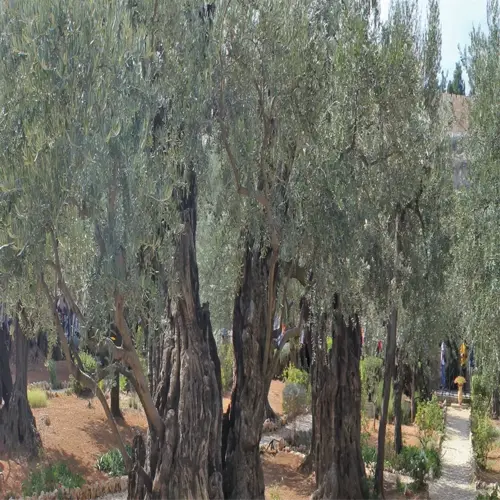Should I bury the stem when transplanting peppers?

Written by
Julia Anderson
Reviewed by
Prof. Samuel Fitzgerald, Ph.D.To improve root systems and support leggy seedlings, we can bury the pepper plant stems up to the first true leaves. I took habaneros that I had over-wintered, and replanted them 3 inches deeper than where they originally were to increase drought resistance. This is similar to how tomatoes can develop adventitious roots along any buried part of a stem.
Benefits
- Creates robust root networks
- Supports top-heavy plants in wind
- Revives stretched seedlings from indoor starts
Technique
- Remove lower leaves before burying
- Angle stems slightly in trenches for stability
- Water deeply post-planting to settle soil
Avoid These Mistakes
- Never bury graft unions on hybrid plants
- Skip in cold soils below 55°F (13°C)
- Don't compact soil around stems
Soil temperature determines the success situation. I lost a batch of bell peppers the year I buried stems in 50°F (10°C) spring soil, and they developed stem rot. Now I wait until the ground temperatures are at 60°F (16°C) for bell peppers, with a probe thermometer. Raised beds add a bit of warmth, allowing me to plant earlier.
Watering
- Avoid overhead irrigation for 1 week
- Use drip lines to keep stems dry
- Mulch after soil warms
Fertilization
- Delay feeding until new growth appears
- Apply fish emulsion for root development
- Skip high-nitrogen formulas initially
For grafted plants, it is crucial to position the union above soil level. My graft of a scorpion pepper plant failed when the soil covered the point of contact (splice point). I now use a small piece of tape to identify the graft and plant my grafts at their original depth. I try to air-prune circling roots before transplanting to promote their growth outward to find proper soil moisture and nutrients.
Read the full article: How to Grow Peppers: Expert Harvest Tips

